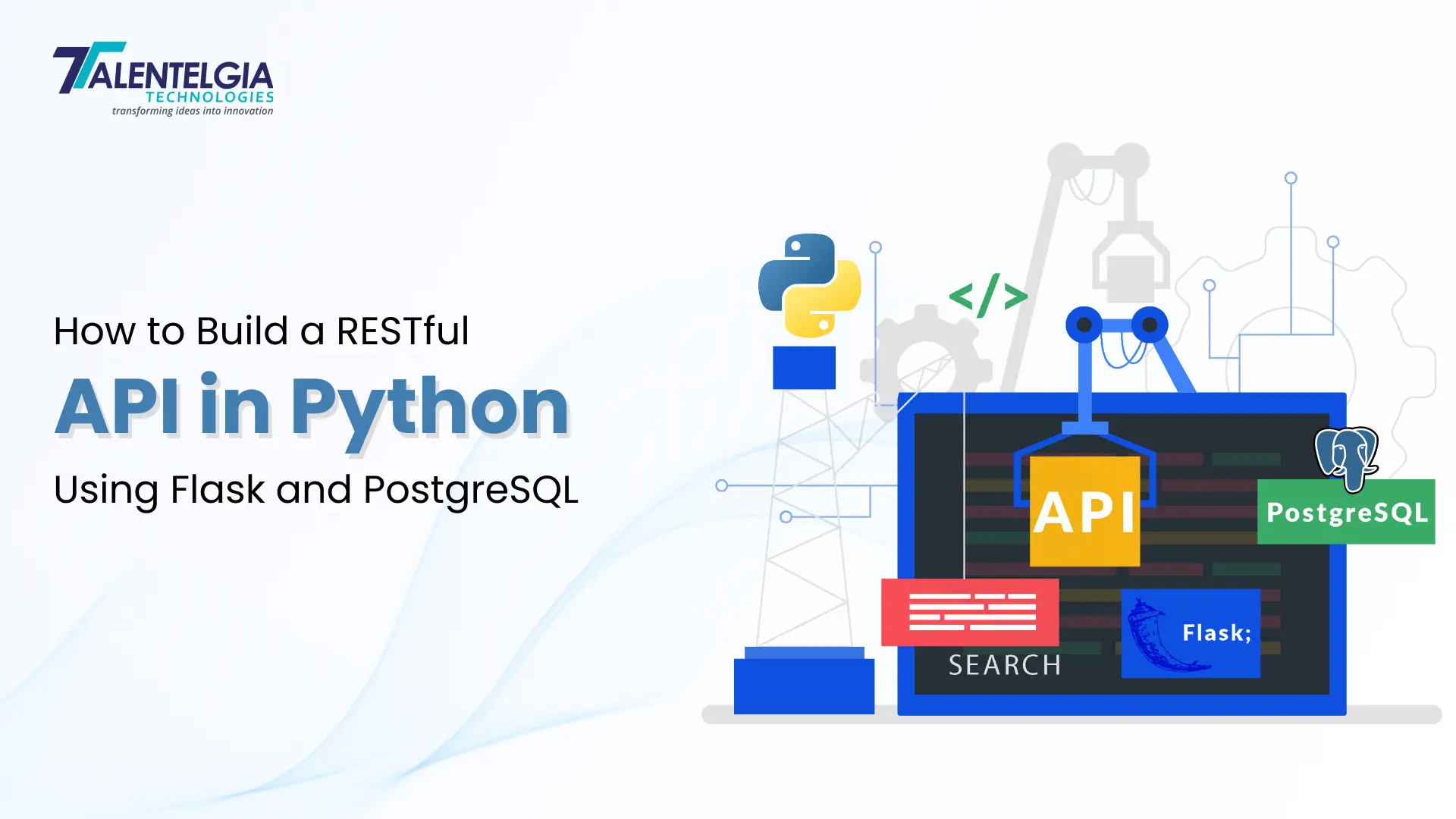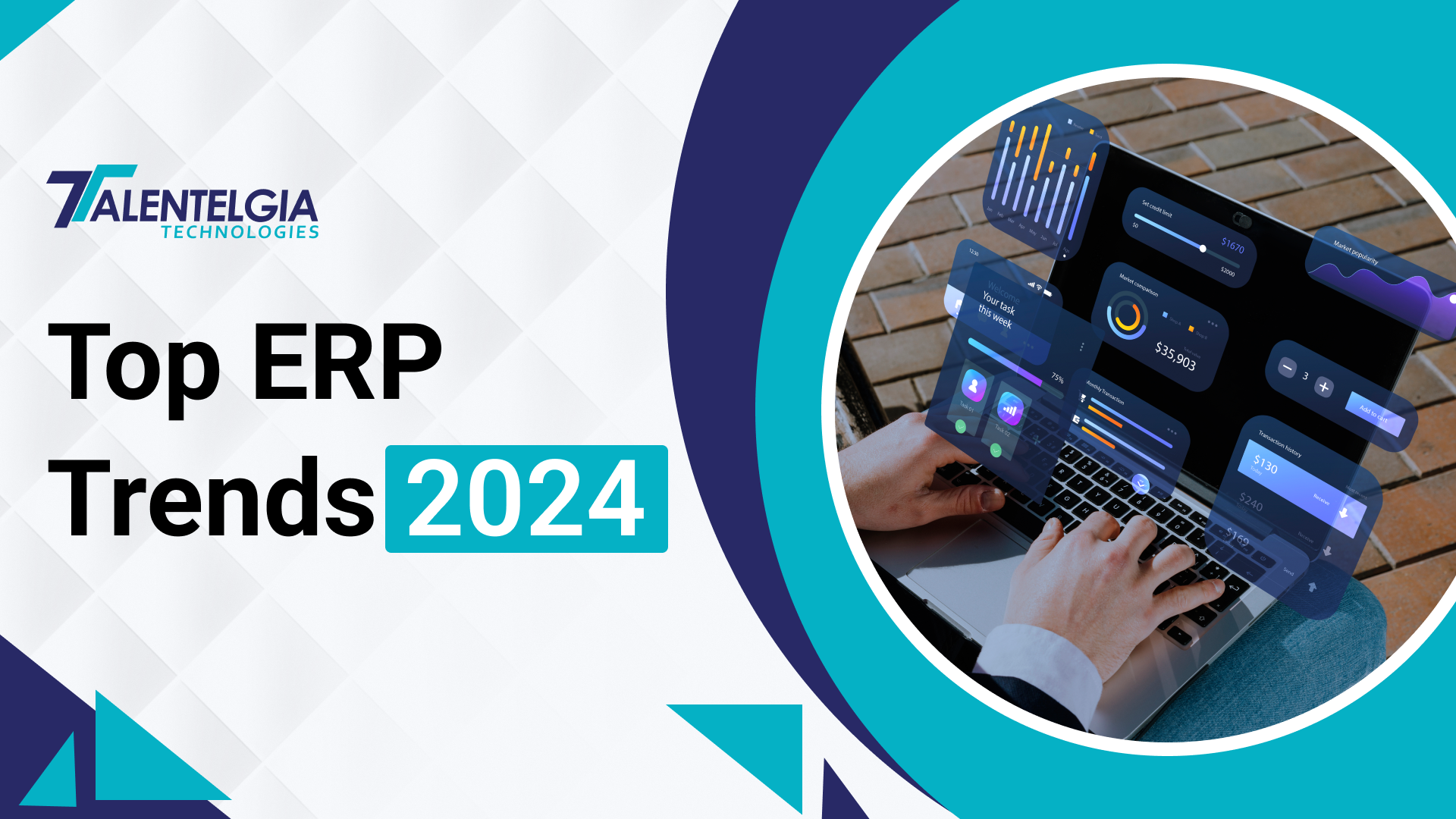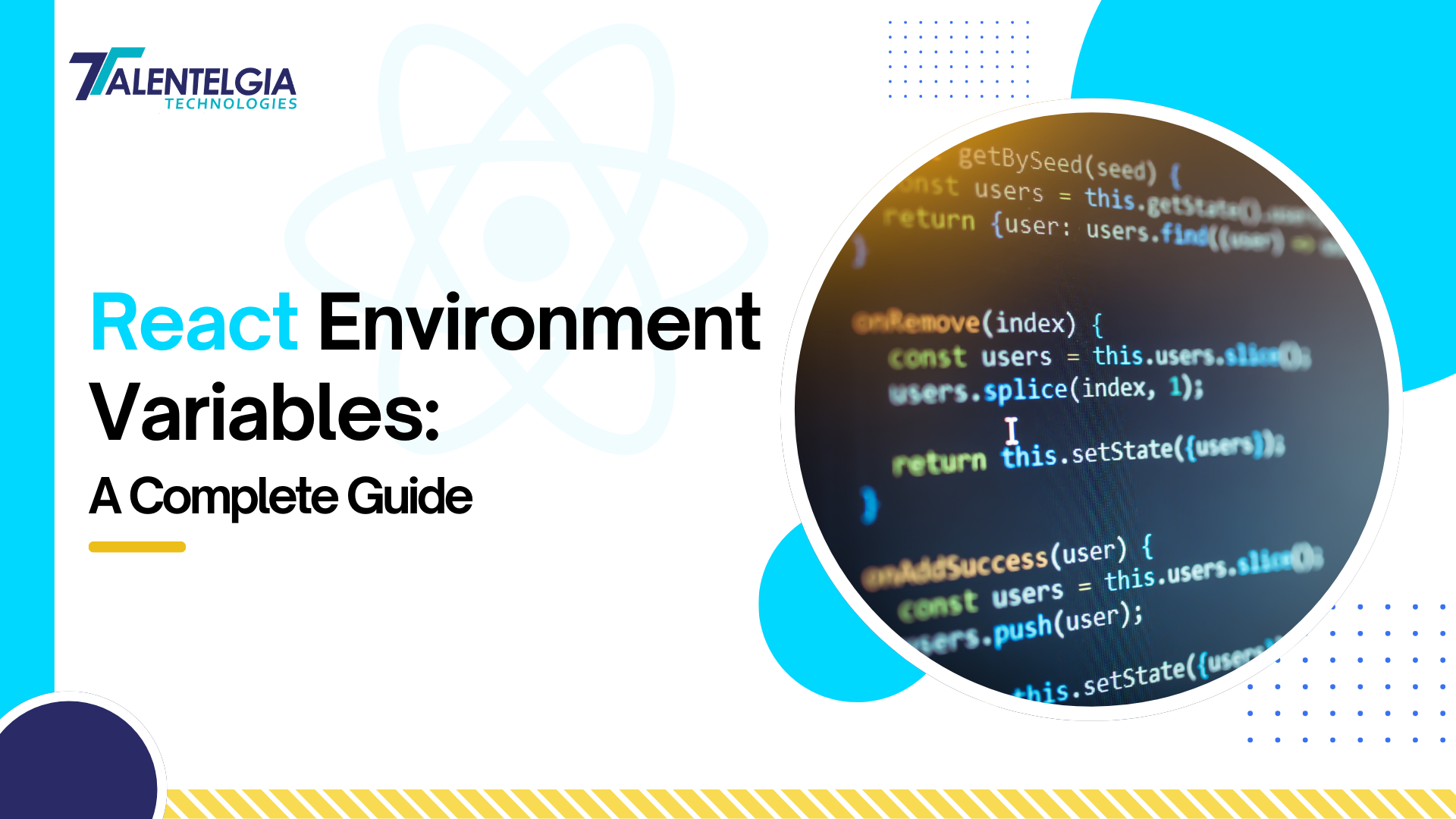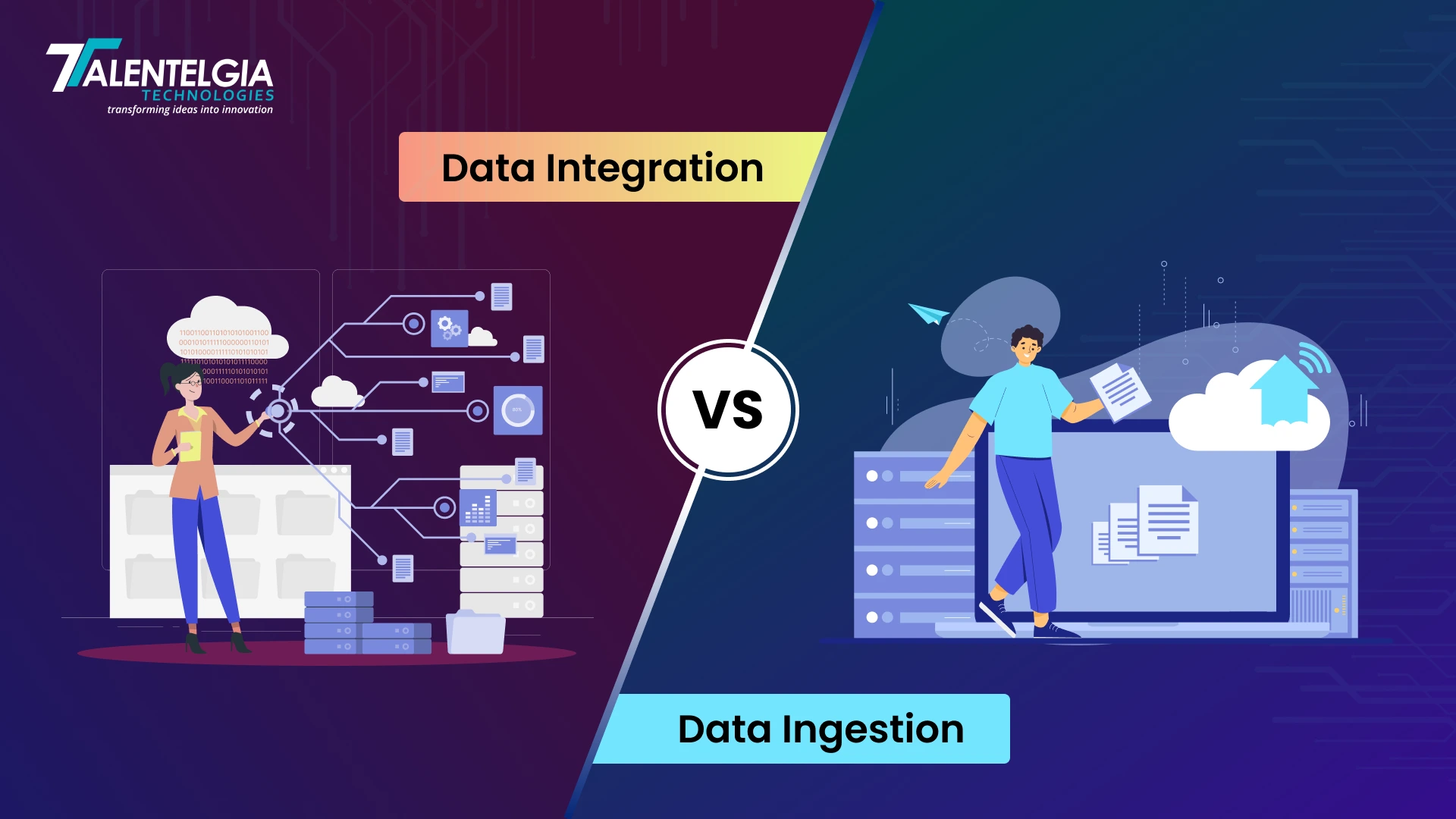In this tutorial, we will walk through creating a simple yet organized Python API using Flask and PostgreSQL. We will use SQLAlchemy to interact with the database and organize our code into separate modules for maintainability. The goal is to create a clean, scalable structure for building and expanding the application as needed.
In this tutorial, we are going to use the below directory structure:
├── app.py
├── configs
│ ├── db_config.py
├── controllers
│ └── user_controller.py
├── models
│ ├── base_model.py
│ └── user_model.py
├── repository
│ └── user_repository.py
├── requirements.txt
├── serializers
│ └── user_serializer.py
├── services
│ └── user_service.py
└── utils
└── helper_functions.py- app.py: The main entry point for the application.
- models: Contains database models.
- controllers: Handles HTTP requests and responses.
- repository: Responsible for database operations.
- services: Contains business logic.
- serializers: Validates and serializes input data.
- utils: Utility functions, such as password handling
Step By Step Guide To Build an API
Step 1: Project Setup
We begin by setting up a Python project and installing the necessary packages. To install Flask, SQLAlchemy, and psycopg2 (the PostgreSQL adapter for Python), open the terminal and run the following command
pip install flask sqlalchemy psycopg2Step 2: Database Configuration
Create a file in the configs directory and add the code snippet below –
import os
class Config:
SQLALCHEMY_DATABASE_URI = os.environ.get('DATABASE_URL', 'postgresql+psycopg2://username:password@localhost/my_api_db')
SQLALCHEMY_TRACK_MODIFICATIONS = FalseStep 3: Setting Up the Database Models
Now, let’s define our database models. These models typically represent the structure of our database tables. Using an ORM (Object-Relational Mapping) makes managing database queries straightforward and secure, as it automatically helps prevent SQL injection. Create a file in the “models” directory and add the following code snippet:
from sqlalchemy.ext.declarative import declarative_base
from sqlalchemy.orm import sessionmaker
from sqlalchemy import create_engine
from configs.db_config import DATABASE_URI
Base = declarative_base()
engine = create_engine(DATABASE_URI)
SessionLocal = sessionmaker(autocommit=False, autoflush=False, bind=engine)Now let’s set up our user model. Create another file in the model’s directory and add the code snippet below –
from sqlalchemy import Column, Integer, String
from .base_model import Base
class User(Base):
__tablename__ = "users"
id = Column(Integer, primary_key=True, index=True)
first_name = Column(String, nullable=False)
last_name = Column(String, nullable=False)
email = Column(String, unique=True, nullable=False)
mobile_number = Column(String, unique=True, nullable=False)
password = Column(String, nullable=False)Step 4: Controllers Layer
Controllers basically control our data flow throughout the request/response cycle. We set all our routes here so let’s create a file in the controller’s directory and add the code snippet –
from flask import Blueprint, request, jsonify
from sqlalchemy.orm import Session
from models.base_model import SessionLocal
from services.user_service import (
add_user_service, list_users_service, get_user_service,
update_user_service, delete_user_service
)
from serializers.user_serializer import UserCreate, UserUpdate, UserResponse
from pydantic import ValidationError
user_bp = Blueprint("user", __name__)
def get_db():
db = SessionLocal()
try:
yield db
finally:
db.close()
@user_bp.route("/", methods=["POST"])
def create_user():
db = next(get_db())
try:
data = request.get_json()
user_data = UserCreate(**data)
user = add_user_service(db, user_data)
return jsonify(UserResponse.from_orm(user).dict()), 201
except ValidationError as e:
return jsonify({"error": e.errors()}), 400
@user_bp.route("/", methods=["GET"])
def list_users():
db = next(get_db())
users = list_users_service(db)
return jsonify([UserResponse.from_orm(user).dict() for user in users]), 200
@user_bp.route("/<int:user_id>", methods=["GET"])
def get_user(user_id):
db = next(get_db())
user = get_user_service(db, user_id)
if not user:
return jsonify({"error": "User not found"}), 404
return jsonify(UserResponse.from_orm(user).dict()), 200
@user_bp.route("/<int:user_id>", methods=["PATCH"])
def update_user(user_id):
db = next(get_db())
try:
data = request.get_json()
updates = UserUpdate(**data)
user = update_user_service(db, user_id, updates)
if not user:
return jsonify({"error": "User not found"}), 404
return jsonify(UserResponse.from_orm(user).dict()), 200
except ValidationError as e:
return jsonify({"error": e.errors()}), 400
@user_bp.route("/<int:user_id>", methods=["DELETE"])
def delete_user(user_id):
db = next(get_db())
user = delete_user_service(db, user_id)
if not user:
return jsonify({"error": "User not found"}), 404
return jsonify({"message": "User deleted"}), 200Step 5: Service Layer
This layer contains our core logic—all kinds of things like checking duplicity and hashing of passwords, etc. We usually do that in the service layer. Create a file in the services directory and add the below lines –
from repository.user_repository import (
create_user, get_all_users, get_user_by_id, update_user, delete_user
)
from utils.helper_functions import hash_password
from sqlalchemy.orm import Session
from serializers.user_serializer import UserCreate, UserUpdate
def add_user_service(db: Session, user_data: UserCreate):
user_data.password = hash_password(user_data.password)
return create_user(db, user_data.dict())
def list_users_service(db: Session):
return get_all_users(db)
def get_user_service(db: Session, user_id: int):
return get_user_by_id(db, user_id)
def update_user_service(db: Session, user_id: int, updates: UserUpdate):
if updates.password:
updates.password = hash_password(updates.password)
return update_user(db, user_id, updates.dict(exclude_unset=True))
def delete_user_service(db: Session, user_id: int):
return delete_user(db, user_id)Step 6: Repository Layer
This layer communicates with the Database. Create a file in the repository directory and add the code snippet below –
from sqlalchemy.orm import Session
from models.user_model import User
def create_user(db: Session, user_data: dict):
user = User(**user_data)
db.add(user)
db.commit()
db.refresh(user)
return user
def get_all_users(db: Session):
return db.query(User).all()
def get_user_by_id(db: Session, user_id: int):
return db.query(User).filter(User.id == user_id).first()
def update_user(db: Session, user_id: int, updates: dict):
user = db.query(User).filter(User.id == user_id).first()
if user:
for key, value in updates.items():
setattr(user, key, value)
db.commit()
db.refresh(user)
return user
def delete_user(db: Session, user_id: int):
user = db.query(User).filter(User.id == user_id).first()
if user:
db.delete(user)
db.commit()
return userStep 7: Serializers layer
Serializers are a way to serialize our output. We can control what should be the contents of the output because we don’t want to send the hashed password in the API response. Create a file in the serializers directory and add the code snippet –
from pydantic import BaseModel, Field, EmailStr
class UserBase(BaseModel):
first_name: str = Field(..., min_length=1, max_length=50)
last_name: str = Field(..., min_length=1, max_length=50)
email: str = Field(..., pattern=r"^[^@]+@[^@]+\.[^@]+$")
mobile_number: str = Field(..., pattern=r"^\+?\d{10,15}$")
class UserCreate(UserBase):
password: str = Field(..., min_length=6)
class UserUpdate(BaseModel):
first_name: str
last_name: str
email: EmailStr
mobile_number: str
password: str
class UserResponse(UserBase):
id: int
class Config:
from_attributes = TrueStep 8: Utils layer
The utils layer contains small utility functions that can be reused in our app. Create a file in the utils directory and add the code snippet –
from passlib.context import CryptContext
pwd_context = CryptContext(schemes=["bcrypt"], deprecated="auto")
def hash_password(password: str) -> str:
return pwd_context.hash(password)
def verify_password(plain_password: str, hashed_password: str) -> bool:
return pwd_context.verify(plain_password, hashed_password)Step 9: Entry point
Finally, create an entry point for our application. This file will serve as the main execution point and should be placed in the root directory. Add the following code to this file
from flask import Flask
from controllers.user_controller import user_bp
from models.base_model import Base, engine
app = Flask(__name__)
Base.metadata.create_all(bind=engine)
app.register_blueprint(user_bp, url_prefix="/users")
if __name__ == "__main__":
app.run(debug=True)Step 10: Running our application
Add your database URL in the config file open the terminal and use the command –
python3 app.pyyour application with start to run on http://localhost:5000 and you can access your routes as follows –
POST /users - Create a new user
GET /users - Get all users
GET /users/<user_id> - Get a user by ID
PATCH /users/<user_id> - Update a user by ID
DELETE /users/<user_id> - Delete a user by IDConclusion
This Python API is built using Flask for handling web requests and SQLAlchemy for interacting with a PostgreSQL database. The application follows a modular structure, making it easy to maintain and expand as it grows. Here’s a breakdown of the key components:
app.py — This is the main entry point of the app. It sets up the Flask application, registers routes, and connects to the database.
models — This file contains the database models, defining the structure of the tables and handling database operations.
controllers — These are the functions that handle incoming HTTP requests, validate input, and send appropriate responses.
repository — This layer is responsible for directly interacting with the database, performing CRUD (Create, Read, Update, Delete) operations.
services — Here is where the core business logic resides, including processing data and managing interactions with the repository layer.
serializers — These ensure that input data is validated and serialized correctly before passing it to the services layer.
utils — This folder contains utility functions for tasks like password hashing and verification.
This structure keeps the application organized, easy to extend, and clean. By separating concerns into specific files and directories, the application can grow and adapt without becoming unmanageable.


 Healthcare App Development Services
Healthcare App Development Services
 Real Estate Web Development Services
Real Estate Web Development Services
 E-Commerce App Development Services
E-Commerce App Development Services E-Commerce Web Development Services
E-Commerce Web Development Services Blockchain E-commerce Development Company
Blockchain E-commerce Development Company
 Fintech App Development Services
Fintech App Development Services Fintech Web Development
Fintech Web Development Blockchain Fintech Development Company
Blockchain Fintech Development Company
 E-Learning App Development Services
E-Learning App Development Services
 Restaurant App Development Company
Restaurant App Development Company
 Mobile Game Development Company
Mobile Game Development Company
 Travel App Development Company
Travel App Development Company
 Automotive Web Design
Automotive Web Design
 AI Traffic Management System
AI Traffic Management System
 AI Inventory Management Software
AI Inventory Management Software
 AI Software Development
AI Software Development  AI Development Company
AI Development Company  AI App Development Services
AI App Development Services  ChatGPT integration services
ChatGPT integration services  AI Integration Services
AI Integration Services  Generative AI Development Services
Generative AI Development Services  Natural Language Processing Company
Natural Language Processing Company Machine Learning Development
Machine Learning Development  Machine learning consulting services
Machine learning consulting services  Blockchain Development
Blockchain Development  Blockchain Software Development
Blockchain Software Development  Smart Contract Development Company
Smart Contract Development Company  NFT Marketplace Development Services
NFT Marketplace Development Services  Asset Tokenization Company
Asset Tokenization Company DeFi Wallet Development Company
DeFi Wallet Development Company Mobile App Development
Mobile App Development  IOS App Development
IOS App Development  Android App Development
Android App Development  Cross-Platform App Development
Cross-Platform App Development  Augmented Reality (AR) App Development
Augmented Reality (AR) App Development  Virtual Reality (VR) App Development
Virtual Reality (VR) App Development  Web App Development
Web App Development  SaaS App Development
SaaS App Development Flutter
Flutter  React Native
React Native  Swift (IOS)
Swift (IOS)  Kotlin (Android)
Kotlin (Android)  Mean Stack Development
Mean Stack Development  AngularJS Development
AngularJS Development  MongoDB Development
MongoDB Development  Nodejs Development
Nodejs Development  Database Development
Database Development Ruby on Rails Development
Ruby on Rails Development Expressjs Development
Expressjs Development  Full Stack Development
Full Stack Development  Web Development Services
Web Development Services  Laravel Development
Laravel Development  LAMP Development
LAMP Development  Custom PHP Development
Custom PHP Development  .Net Development
.Net Development  User Experience Design Services
User Experience Design Services  User Interface Design Services
User Interface Design Services  Automated Testing
Automated Testing  Manual Testing
Manual Testing  Digital Marketing Services
Digital Marketing Services 
 Ride-Sharing And Taxi Services
Ride-Sharing And Taxi Services Food Delivery Services
Food Delivery Services Grocery Delivery Services
Grocery Delivery Services Transportation And Logistics
Transportation And Logistics Car Wash App
Car Wash App Home Services App
Home Services App ERP Development Services
ERP Development Services CMS Development Services
CMS Development Services LMS Development
LMS Development CRM Development
CRM Development DevOps Development Services
DevOps Development Services AI Business Solutions
AI Business Solutions AI Cloud Solutions
AI Cloud Solutions AI Chatbot Development
AI Chatbot Development API Development
API Development Blockchain Product Development
Blockchain Product Development Cryptocurrency Wallet Development
Cryptocurrency Wallet Development About Talentelgia
About Talentelgia  Our Team
Our Team  Our Culture
Our Culture 
 Healthcare App Development Services
Healthcare App Development Services Real Estate Web Development Services
Real Estate Web Development Services E-Commerce App Development Services
E-Commerce App Development Services E-Commerce Web Development Services
E-Commerce Web Development Services Blockchain E-commerce
Development Company
Blockchain E-commerce
Development Company Fintech App Development Services
Fintech App Development Services Finance Web Development
Finance Web Development Blockchain Fintech
Development Company
Blockchain Fintech
Development Company E-Learning App Development Services
E-Learning App Development Services Restaurant App Development Company
Restaurant App Development Company Mobile Game Development Company
Mobile Game Development Company Travel App Development Company
Travel App Development Company Automotive Web Design
Automotive Web Design AI Traffic Management System
AI Traffic Management System AI Inventory Management Software
AI Inventory Management Software AI Software Development
AI Software Development AI Development Company
AI Development Company ChatGPT integration services
ChatGPT integration services AI Integration Services
AI Integration Services Machine Learning Development
Machine Learning Development Machine learning consulting services
Machine learning consulting services Blockchain Development
Blockchain Development Blockchain Software Development
Blockchain Software Development Smart contract development company
Smart contract development company NFT marketplace development services
NFT marketplace development services IOS App Development
IOS App Development Android App Development
Android App Development Cross-Platform App Development
Cross-Platform App Development Augmented Reality (AR) App
Development
Augmented Reality (AR) App
Development Virtual Reality (VR) App Development
Virtual Reality (VR) App Development Web App Development
Web App Development Flutter
Flutter React
Native
React
Native Swift
(IOS)
Swift
(IOS) Kotlin (Android)
Kotlin (Android) MEAN Stack Development
MEAN Stack Development AngularJS Development
AngularJS Development MongoDB Development
MongoDB Development Nodejs Development
Nodejs Development Database development services
Database development services Ruby on Rails Development services
Ruby on Rails Development services Expressjs Development
Expressjs Development Full Stack Development
Full Stack Development Web Development Services
Web Development Services Laravel Development
Laravel Development LAMP
Development
LAMP
Development Custom PHP Development
Custom PHP Development User Experience Design Services
User Experience Design Services User Interface Design Services
User Interface Design Services Automated Testing
Automated Testing Manual
Testing
Manual
Testing About Talentelgia
About Talentelgia Our Team
Our Team Our Culture
Our Culture
















 Write us on:
Write us on:  Business queries:
Business queries:  HR:
HR: 




